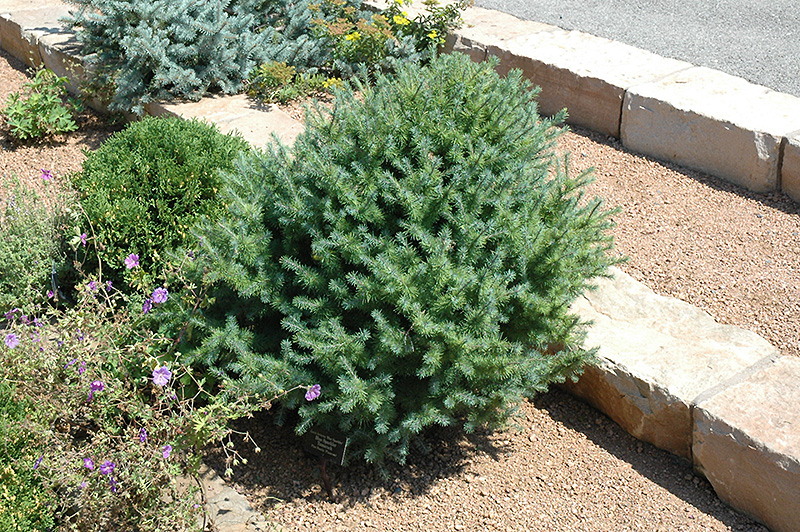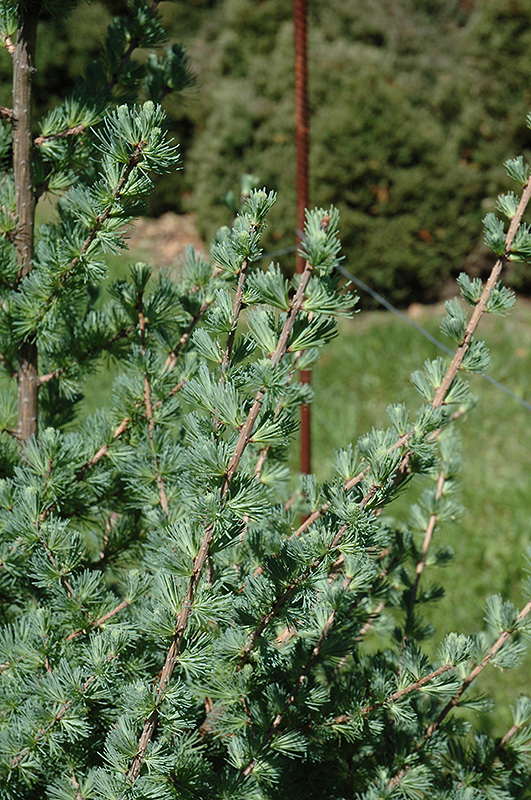12 feet
3 feet


2a
American Larch
Blue Sparkler Tamarack is primarily valued in the landscape or garden for its distinctively pyramidal habit of growth. It has attractive powder blue deciduous foliage which emerges bluish-green in spring. The needle-like leaves are highly ornamental and turn an outstanding gold in the fall. The rough gray bark and gold branches add an interesting dimension to the landscape.
Blue Sparkler Tamarack is a multi-stemmed deciduous shrub with a distinctive and refined pyramidal form. It lends an extremely fine and delicate texture to the landscape composition which can make it a great accent feature on this basis alone.
This is a relatively low maintenance shrub, and is best pruned in late winter once the threat of extreme cold has passed. Deer don't particularly care for this plant and will usually leave it alone in favor of tastier treats. It has no significant negative characteristics.
Blue Sparkler Tamarack is recommended for the following landscape applications;
- Accent
- Vertical Accent
- General Garden Use
Blue Sparkler Tamarack will grow to be about 12 feet tall at maturity, with a spread of 3 feet. It has a low canopy, and is suitable for planting under power lines. It grows at a slow rate, and under ideal conditions can be expected to live for 60 years or more.
This shrub does best in full sun to partial shade. It is quite adaptable, prefering to grow in average to wet conditions, and will even tolerate some standing water. It is not particular as to soil type, but has a definite preference for acidic soils. It is quite intolerant of urban pollution, therefore inner city or urban streetside plantings are best avoided. Consider applying a thick mulch around the root zone in winter to protect it in exposed locations or colder microclimates. This is a selection of a native North American species.

